Scientists highlight deadly health risks of climate change
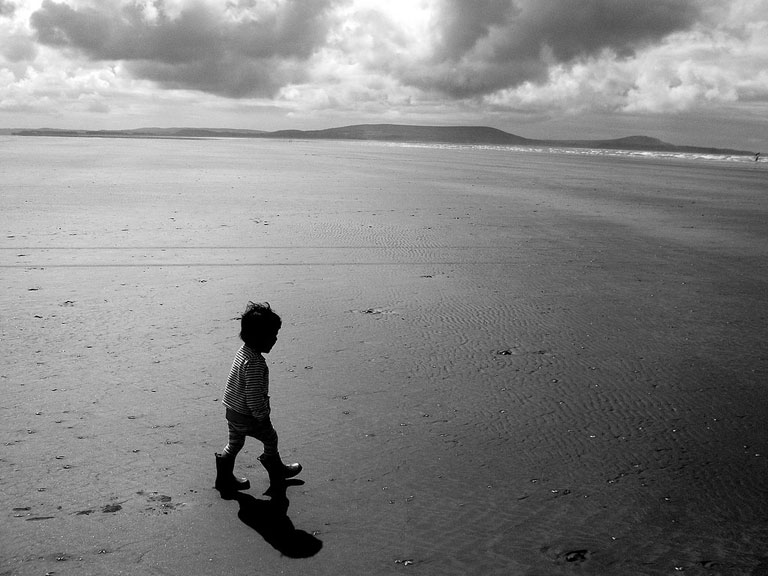
Between 2030 and 2050, climate change is projected to cause about 250,000 additional deaths per year from heat stress, malnutrition and the spread of infectious diseases like malaria, according to the World Health Organization.
Beach bashing: Last year’s El Niño resulted in unprecedented erosion of Pacific coastline
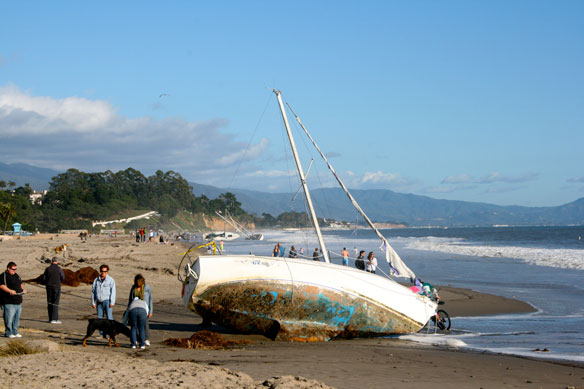
Last winter’s El Niño was in fact one of the most powerful climate events of the past 145 years. If such severe El Niño events become more common in the future as some studies suggest they might, the California coast — home to more than 25 million people — may become increasingly vulnerable to coastal hazards. And that’s independent of projected sea level rise.
Severe West Coast Erosion During 2015-16 El Niño
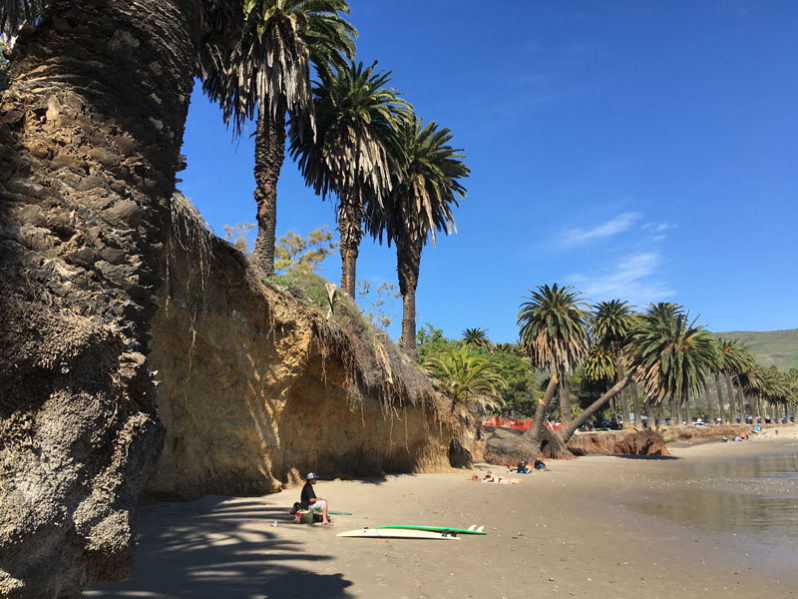
In a study released today, U.S. Geological Survey scientists and their colleagues document how the 2015-16 winter featured one of the most powerful El Niño climate events of the last 145 years. Investigating 29 beaches along the U.S West Coast from Washington to southern California, researchers found that winter beach erosion was 76 percent above normal, by far the highest ever recorded, and most beaches in California eroded beyond historical extremes.
Humans causing climate to change 170 times faster than natural forces

For the first time, researchers have developed a mathematical equation to describe the impact of human activity on the earth, finding people are causing the climate to change 170 times faster than natural forces.
Arctic Ice Isn’t Doomed Yet—Here’s How to Save It

Crazy warm winters haven’t pushed Arctic ice beyond a “tipping point.” Every ton of CO2 we don’t emit saves 32 square feet of it.
Warm Pacific water blamed for vast seabird die-off
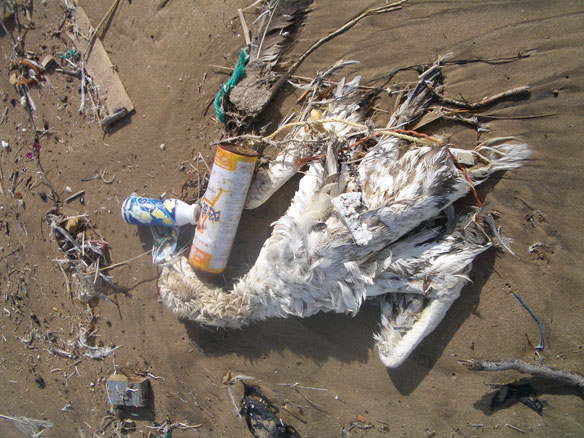
A year after tens of thousands of common murres, an abundant North Pacific seabird, starved and washed ashore on beaches from California to Alaska, researchers have pinned the cause to unusually warm ocean temperatures that affected the tiny fish they eat.
Floods and erosion are ruining Britain’s most significant sites
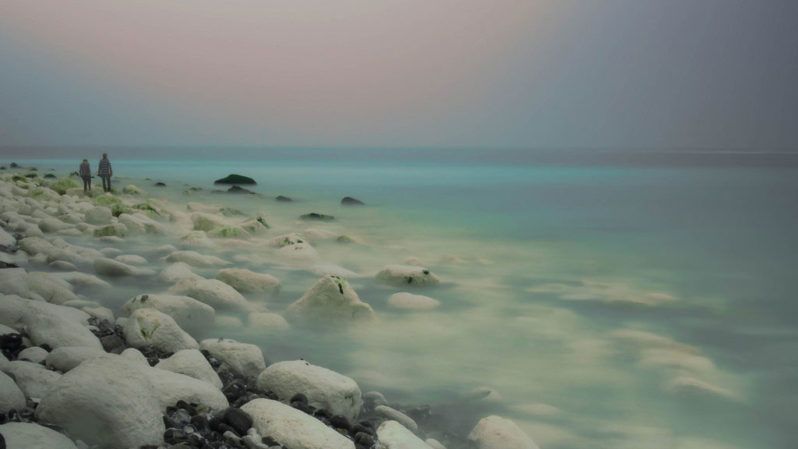
Climate change is already wrecking some of Britain’s most significant sites, from Wordsworth’s gardens in Cumbria to the white cliffs on England’s south coast, according to a new report.
Antarctica’s Changing Larsen Ice Shelf
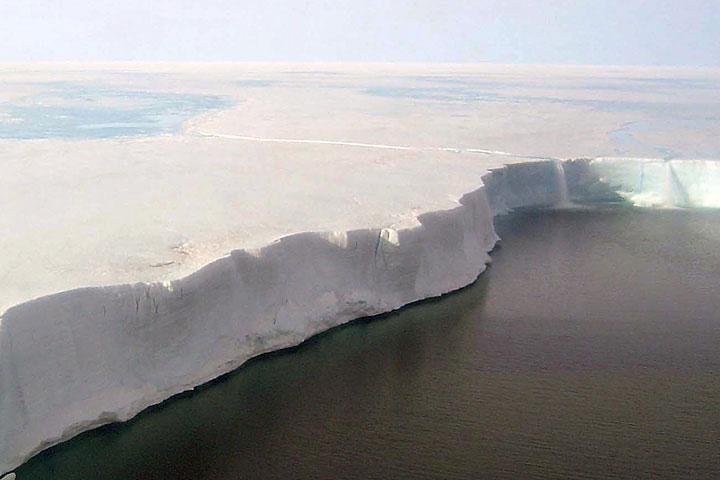
Larsen is situated along the northeastern coast of the Antarctic Peninsula, one of the fastest-warming places on the planet. In the past three decades, two large sections of the ice shelf (Larsen A and B) have collapsed. A third section (Larsen C) seems like it may be on a similar trajectory, with a new iceberg poised to break away soon.
Scientists Plan Washington March On Earth Day: April 22nd 2017
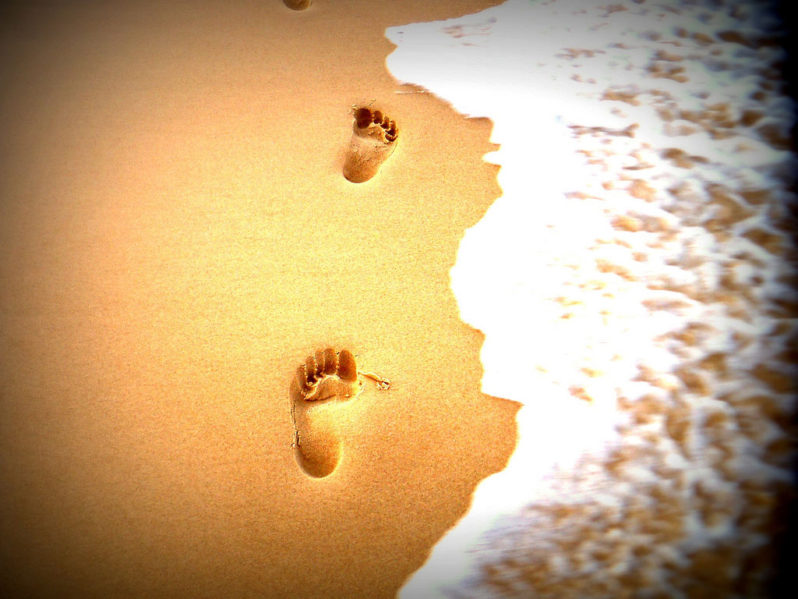
Scientists are planning to march on Washington to express their support for rigorous scientific research.
